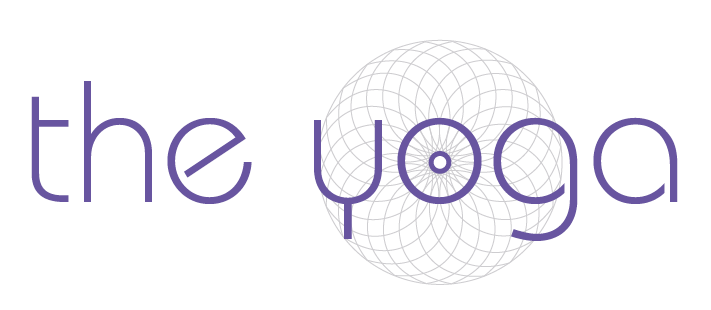‘A period is the part of the menstrual cycle when a woman bleeds from her vagina for a few days. For most women this happens every 28 days or so, but it’s common for periods to start sooner or later than this, ranging from day 21 to day 40. Your period can last between 3 and 8 days, but it will usually last for about 5 days. The bleeding tends to be heaviest in the first 2 days. When your period is at its heaviest, the blood will be red. On lighter days, it may be pink, brown or black. You’ll lose about 30 to 72 millilitres (5 to 12 teaspoons) of blood during your period, although some women bleed more heavily than this.’
Periods are a normal healthy part of life that remind us of the ebb and flow within our bodies. Whilst life continues as normal during periods in our society, you might find yourself having different energy levels or desires during phases of your period. This is also normal.
Yoga can help by:
- Discomfort with restorative poses
- Maintaining good all round body health which makes periods easier
- In the long term by balancing hormones
The main concern is inhibiting healthy blood flow or overexertion. Some yoga teachers say no yoga whilst having a period, others say not standing poses, and others no inversions. So what is the thinking behind this? In many traditional Hindu countries, women are segregated and not allowed to do work in the home when having a period. Teachers from this discipline are very likely to see yoga as inappropriate – if you can’t wash the dishes you shouldn’t be doing yoga. Others say yoga is fine but no standing poses. This is based on women with low energy and powerful forms of yoga and wanting to allow the body to efficiently menstruate. Some yoga classes may not be appropriate for times of menstruation, and if you find periods debilitating then practicing anything but restorative poses is unlikely to be helpful.
Inversions? This is having your hips above your heart, or in the case of menstruation hips above your uterus. When you lie in bed the relationship is neutral, which is why you may release a lot of blood after getting up. In standing there is a strong downward direction, in a headstand a strong upwards direction. Blood needs to flow downwards to leave the body. Spending time upside down will keep blood within you and possibly send it higher into areas you don’t want like your fallopian tubes. What is right for you will depend on your uterine health and history.
Healthy regular comfortable periods: invert for short periods of time (5-10 seconds) if it feels good followed by neutral or downward energy pose. Standing poses that do not deplete energy levels
Periods with pain and/or irregularity: invert in a dynamic way only, gentle standing poses that do not deplete energy levels
Heavy debilitating periods, infertility, recurrent miscarriage and/or endometriosis: do not invert except for dynamic bridge, restorative yoga poses only (sitting, lying), focus on the breath, relaxation, and resting
Be careful with any pose that feels tiring or places your hips above your belly.
- Poses exercise caution with anything that feels tiring
- Any pose that places your hips above your belly
- Poses to avoid: inversions for those with fertility problems or endometriosis
